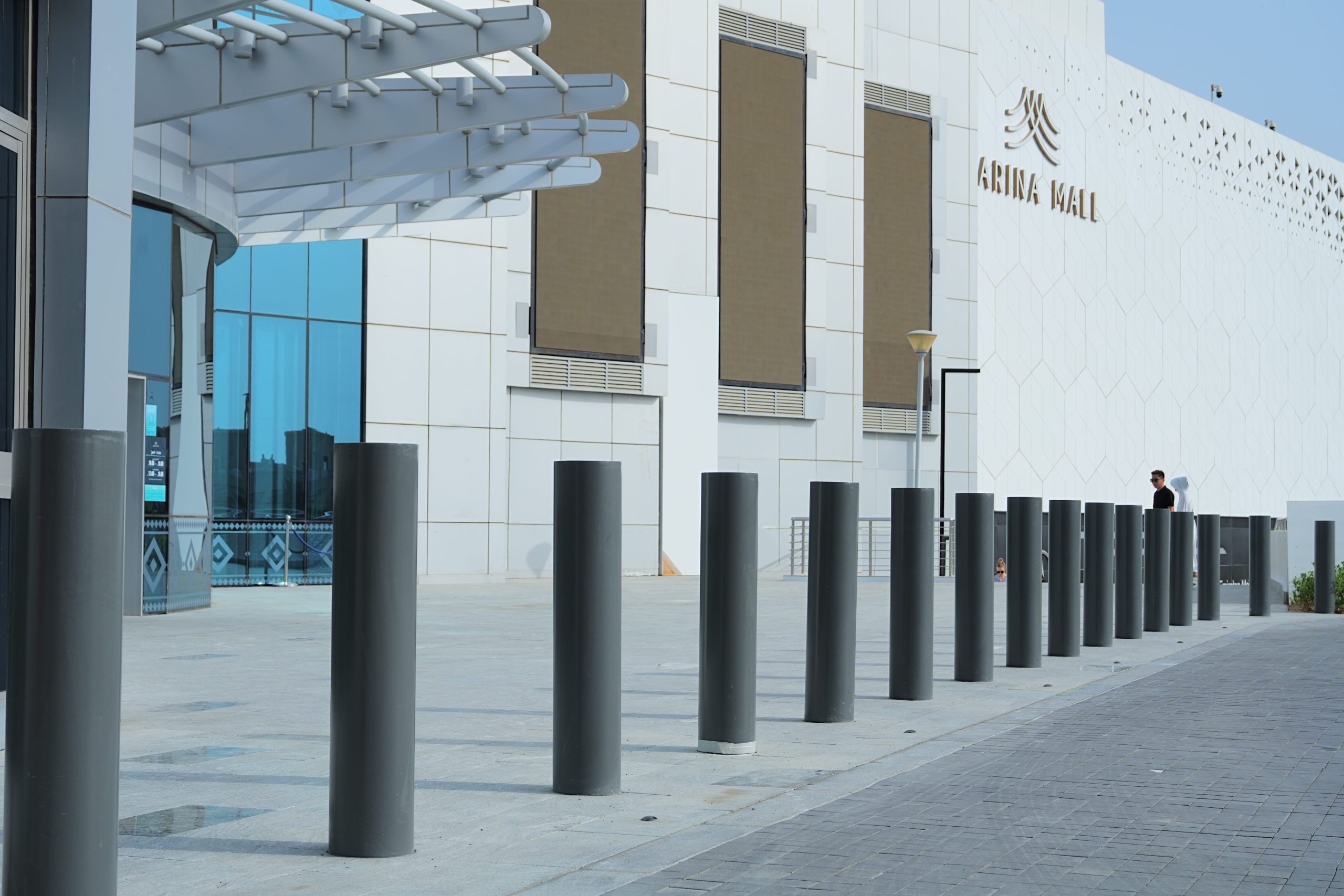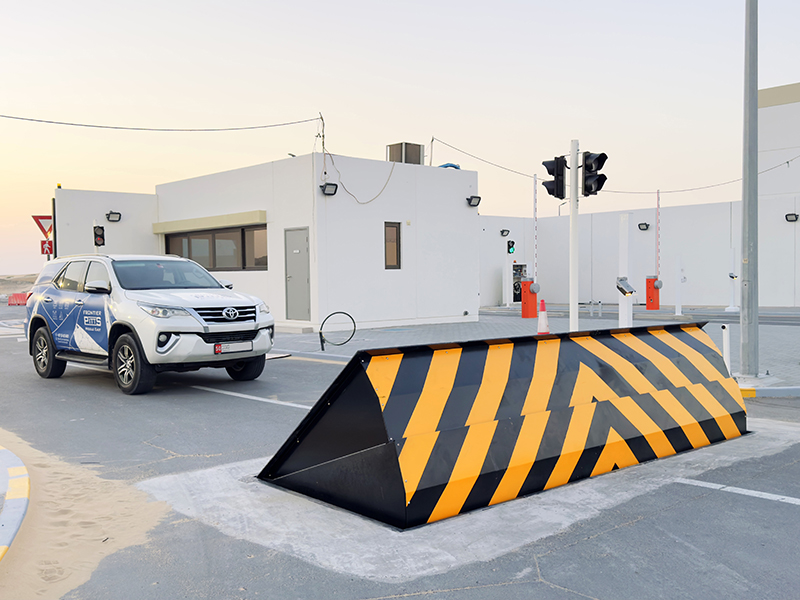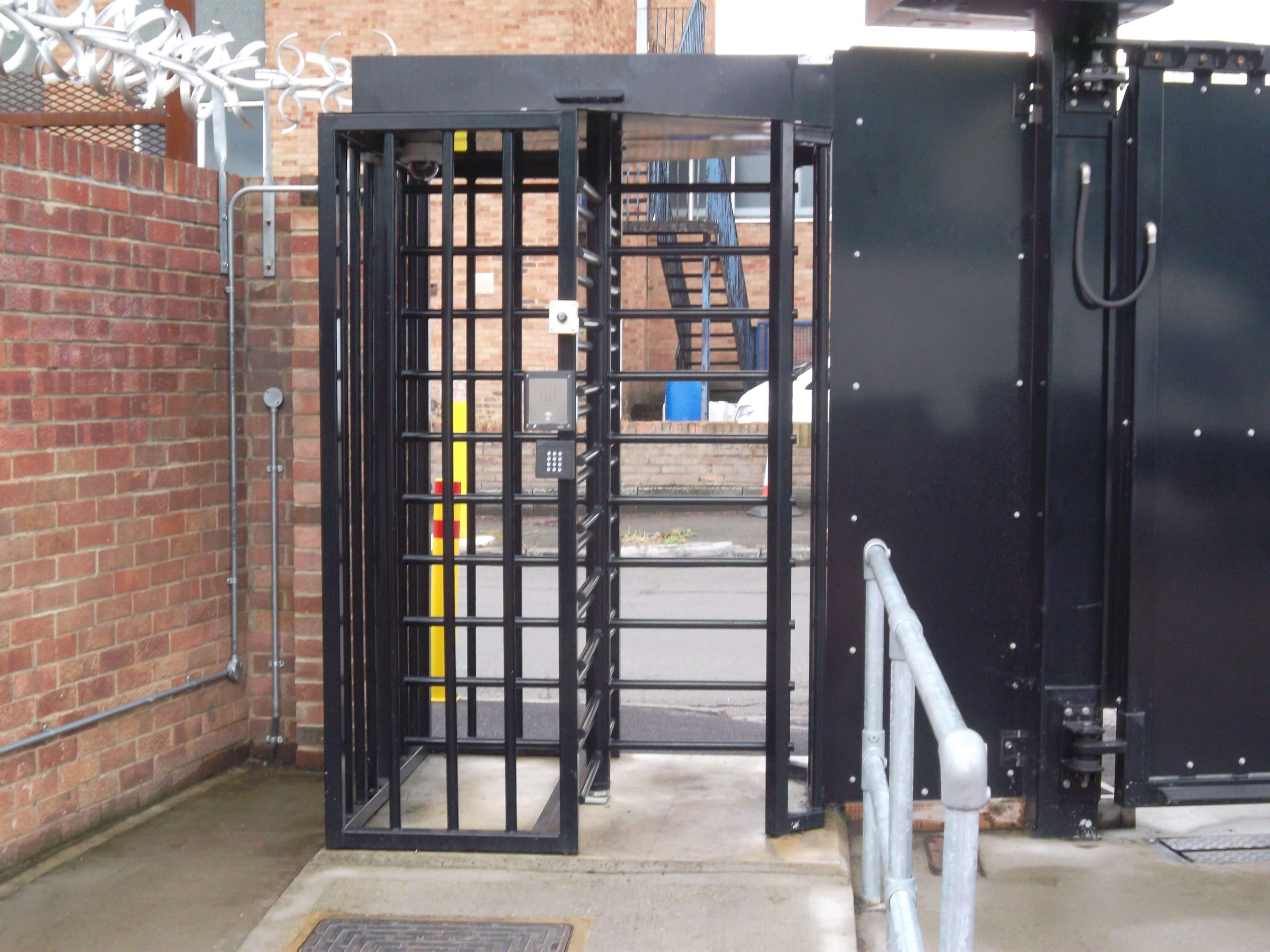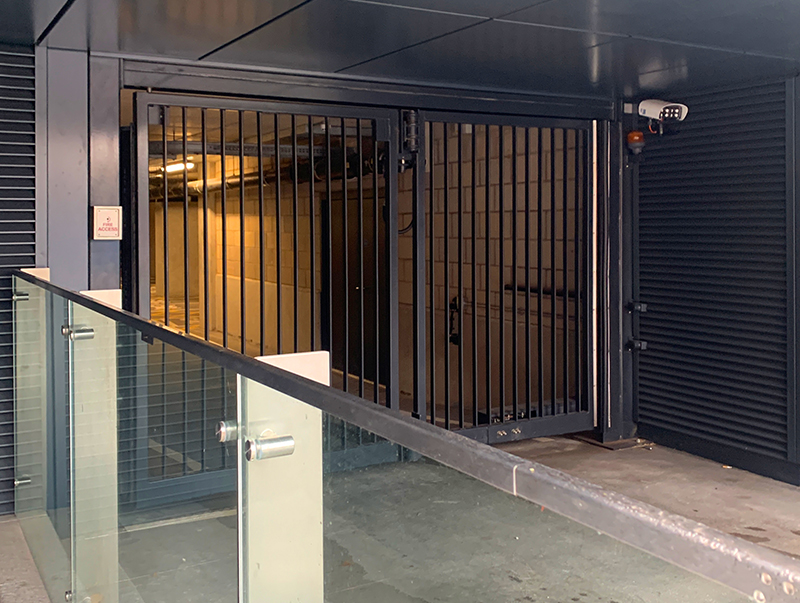
Evaluating Perimeter Security Systems for Businesses
In the realm of urban planning, perimeter security systems play a pivotal role. They serve as the first line of defense, protecting businesses and urban areas from unauthorized access and potential threats.
One key component of these systems is crash-rated bollards. These robust structures are designed to halt vehicles, providing a high level of protection against vehicular attacks.
Another essential element is road blockers. These barriers control vehicle access, integrating seamlessly into traffic flow patterns.
This article aims to provide a comprehensive understanding of these security measures. It will delve into how they can be effectively integrated into urban planning to enhance safety and manage traffic flow efficiently.
We will also explore the offerings of bollard manufacturers in the UAE, known for their adherence to international safety standards.
By the end of this article, urban planners and business owners will be equipped with the knowledge to evaluate and implement effective perimeter security systems.
Understanding Perimeter Security Systems
Perimeter security systems are essential for safeguarding urban areas and commercial establishments. They consist of various components, each serving a unique role in preventing unauthorized access.
These systems are designed to be robust, capable of withstanding various threats, including vehicular and pedestrian intrusions. They function as a comprehensive defense mechanism around sensitive zones.
Central to these systems are components like bollards, road blockers, and security gates. Each component contributes differently to site security by reinforcing physical barriers and controlling access points.
The integration of these elements is critical. It ensures all parts work harmoniously to maximize protection while minimizing disruption. Proper design and implementation allow for efficient traffic management and improved safety.
Additionally, technological advancements have enhanced the capabilities of perimeter security systems, incorporating surveillance and automated features to bolster security measures. By understanding these systems, urban planners can better tailor solutions to fit the unique needs of different environments.
The Role of Crash-Rated Bollards in Urban Safety
Crash-rated bollards are vital for enhancing urban safety. They are engineered to resist vehicular impact, preventing potential breaches. These bollards provide high-level security, critical in locations prone to vehicular threats.
Their presence acts as a deterrent to unauthorized vehicular access. Bollards can stop cars from reaching sensitive areas by forming a visible barrier. They come in various impact ratings, ensuring specific needs meet different security levels.
Incorporating these bollards into urban planning is essential. Their strategic placement ensures both optimal security and seamless integration into city landscapes. Thus, crash-rated bollards remain a cornerstone in safeguarding public spaces.
Road Blockers: The First Line of Defense
Road blockers serve as formidable physical barriers in perimeter security systems. They act as the initial defense line, controlling and preventing unauthorized vehicle entry. With their robust construction, road blockers are effective in high-security zones.
These systems are versatile, seamlessly integrating into existing traffic management setups. They can be automated or manually controlled, offering flexibility in operation. Road blockers are crucial in locations needing quick, reliable access control solutions.
Effective deployment of road blockers involves site-specific risk assessments. This ensures optimal placement without impeding regular traffic flow. Thus, road blockers not only reinforce security but also enhance overall traffic management in urban areas.
Selecting the Right Perimeter Security Components
Choosing appropriate perimeter security components involves understanding the specific needs of the area to be secured. This requires a thorough threat assessment. This step identifies potential risks, allowing for informed decisions about the types of barriers needed.
Each component, whether bollards, road blockers, or gates, serves a distinct purpose. Their selection should align with the security goals of the site. Certain environments might prioritize vehicular control, whereas others may focus on pedestrian entry management.
Consider the flexibility and customization options available with different products. Some components can be tailored to fit the unique demands of a location, enhancing their effectiveness.
Durability and reliability are also key considerations. Security measures must withstand environmental and operational pressures. Products from reputable manufacturers often meet these criteria.
Finally, integration with other security systems, like surveillance and alarms, can amplify the overall protective capacity. Proper integration creates a cohesive and comprehensive security framework.
Crash-Rated Road Blockers for Enhanced Protection
Crash-rated road blockers offer superior protection against unauthorized vehicular access. These blockers are built to withstand significant force, preventing vehicles from penetrating secure zones.
Their design includes robust materials and advanced engineering. This construction is essential for high-threat environments, ensuring they function effectively when needed most. Crash-rated road blockers are adaptable to various settings, from urban areas to industrial sites.
Their deployment involves strategic placement for optimum effectiveness. Besides security, they play a role in traffic management, ensuring orderly flow while maintaining high safety standards.
Integrating Security Systems for Comprehensive Coverage
Integrating various security systems results in comprehensive protection. This approach combines different elements to cover all potential vulnerabilities effectively. It maximizes safety by creating a multi-layered defense strategy.
Each component, whether technological or physical, plays a crucial role. Surveillance systems monitor activities, while physical barriers prevent unauthorized access. Together, they create a robust security infrastructure.
Strategic integration requires planning and expertise. It involves aligning systems with specific site needs and operational workflows. This alignment ensures that all security measures work seamlessly together, providing reliable protection for any business or urban area.
Turnstile Gates and Access Control
Turnstile gates regulate the flow of pedestrians, ensuring controlled access. They allow entry to authorized personnel only. This functionality makes them essential for high-security areas, where managing individual entry is crucial.
Installation of turnstile gates enhances overall security architecture. They integrate with access control systems, providing additional layers of defense.
The Importance of Security Gates and Barriers
Security gates and barriers are foundational to perimeter defense. They control vehicle and pedestrian access points. Their strength and reliability are vital to any comprehensive security system, deterring unauthorized entries.
Their adaptability to various scenarios enhances site-specific security plans. From industrial sites to urban spaces, security gates ensure managed access and bolster perimeter defenses.
Practical Considerations for Urban Planners
Urban planners face the challenge of integrating security without compromising the area’s functionality. Thoughtful planning ensures that security systems do not disrupt daily operations or aesthetics. This balance is crucial to maintaining a welcoming urban environment.
Planners must consider the placement of security elements like bollards and gates. Strategic placement enhances effectiveness, maximizing coverage without hindering pedestrian or vehicle movement. Collaboration with security experts can provide valuable insights into optimal configurations.
Additionally, compliance with local regulations and building codes is essential. Adhering to these standards guarantees safety while meeting legal requirements. This approach supports sustainable and secure urban development.
Balancing Aesthetics and Security
Striking a balance between aesthetics and security is key in urban planning. Security elements should blend with the surroundings. This approach maintains the area’s visual appeal while providing robust protection.
Using design techniques can help integrate security without overshadowing beauty. Consider materials and placement carefully.
Traffic Flow and Emergency Access
Effective security planning includes maintaining smooth traffic flow. It ensures roads remain clear and functional. Proper traffic management prevents congestion and enhances accessibility.
Emergency access must not be overlooked. Security systems should allow quick entry for emergency vehicles. This feature is vital for safety during urgent situations.
Conclusion: Achieving Safe and Secure Urban Environments
Perimeter security systems are vital in ensuring urban safety. They provide essential protection for businesses and public spaces. Implementing effective security measures enhances both safety and functionality.
By selecting the right components and integrating them thoughtfully, urban planners can create environments that are both secure and welcoming.